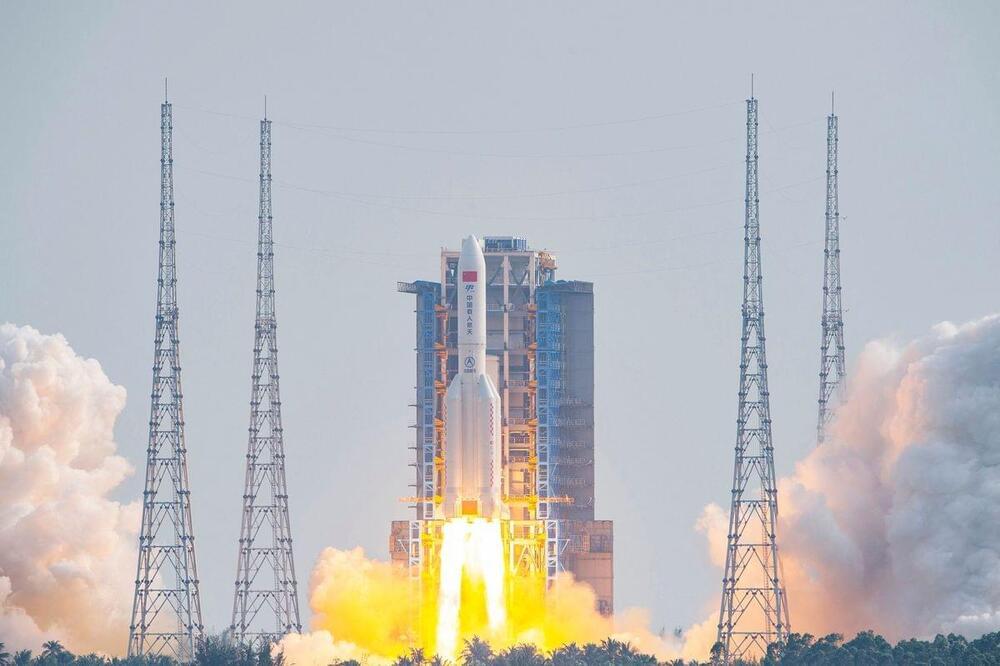The maniacally focused founder of Insilico Medicine is going all in on AI to discover new medicines and extend lifespan.
But researchers are now using artificial intelligence to accelerate parts of that process by orders of magnitude. The same kind of technology that recognizes your face or autocompletes your emails can potentially add years to your life, experts say.








